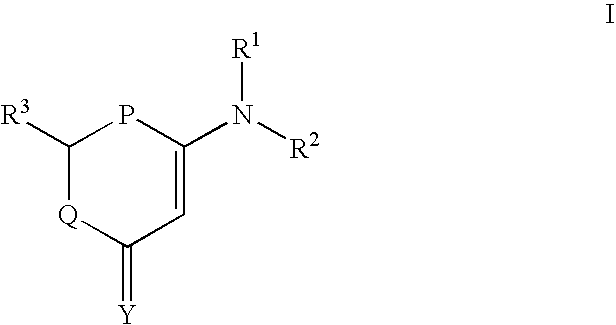Induction of immunosuppression by inhibition of ATM
a technology of atm and induction of immunosuppression, which is applied in the field of induction of immunosuppression by atm, can solve the problems of inability to respond to recurrent infections, inability to detect atm, so as to prevent the rejection of transplanted organs, induce immunosuppression, and improve the ability to respond.
- Summary
- Abstract
- Description
- Claims
- Application Information
AI Technical Summary
Benefits of technology
Problems solved by technology
Method used
Image
Examples
example 1
ATM Inhibitors as Antagonists of Activated T Cells
[0034]The present example provides evidence suggesting that ATM inhibitors can be used to block the activity of activated T cells, including T cells activated as the result of being exposed to alloantigens. As such, the inhibitors are capable of suppressing the immune system and should be of use in treating diseases that may benefit from such suppression.
[0035]A. Methods
[0036]Mice: Heterozygous 129S6 / SvEvTac-Atmtm1-Awb mice (Atm− / −) were purchased from the Jackson Laboratory (Bar Harbor, Me.). An independently generated Atm knockout mouse model was used to confirm our observations (Borghesani, et al., Proc. Nat'l Acad. Sci. USA 97:3336 (2000)). All mice were housed under microisolator conditions in autoclaved cages and were maintained on irradiated feed and autoclaved acidified drinking water. All sentinel mice housed in the same colony were free of viral antibodies. Four- to 6-week-old mice were used in all experiments.
[0037]Purific...
example ii
Inhibition of ATM for Prevention of GVHD and Tolerance Induction
[0062]Allogeneic bone marrow transplantation (BMT), is used clinically for a wide range of disorders including malignancy and repair of congenital genetic abnormalities. One of the major complications of BMT is the development of graft vs. host disease (GVHD) in which the T cells from the donor bone marrow inoculums respond to and destroy host tissue. The likelihood of developing. GVHD rises with age, with an incidence of 20% in the pediatric population and rising to 70% of BMT patients older than 50. The severity of GVHD can vary, and is classified from stage I to stage IV by symptoms. The most important factor correlating, with severity of GVHD is the degree of HLA disparity. With HLA-identical siblings used as bone marrow donors, incidence of moderate-to-severe acute GVHD ranges from less than 10% to 60%, depending on prophylaxis and other risk factors. Incidence of grades II-IV acute GVHD increases to 70-75% with on...
PUM
| Property | Measurement | Unit |
|---|---|---|
| Time | aaaaa | aaaaa |
| Proximity effect | aaaaa | aaaaa |
Abstract
Description
Claims
Application Information
 Login to View More
Login to View More - R&D
- Intellectual Property
- Life Sciences
- Materials
- Tech Scout
- Unparalleled Data Quality
- Higher Quality Content
- 60% Fewer Hallucinations
Browse by: Latest US Patents, China's latest patents, Technical Efficacy Thesaurus, Application Domain, Technology Topic, Popular Technical Reports.
© 2025 PatSnap. All rights reserved.Legal|Privacy policy|Modern Slavery Act Transparency Statement|Sitemap|About US| Contact US: help@patsnap.com

